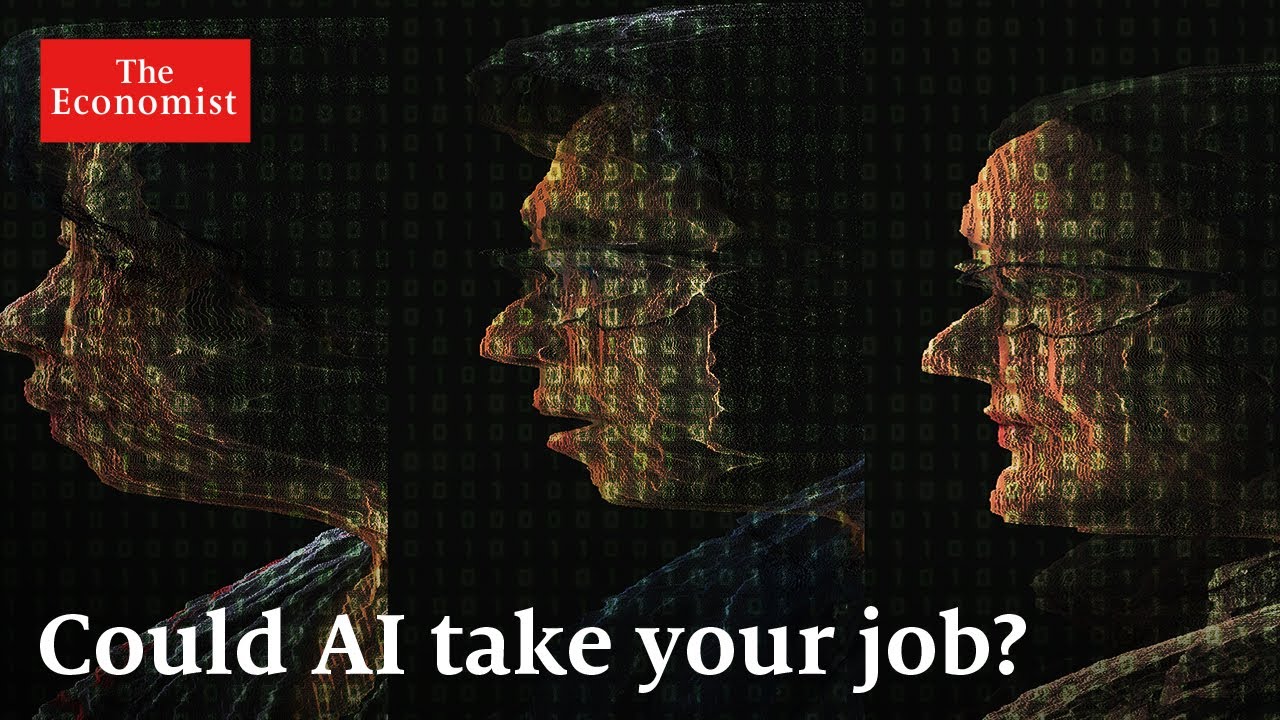Why should you watch this video?
Discover how generative AI is revolutionizing industries and learn strategies to effectively integrate this transformative technology into your business for maximum value.
Key Points
Generative AI is accelerating rapidly, far outpacing Moore’s Law, and holds immense potential for business innovation. However, business adoption lags behind technological advances, with only about 10% of companies integrating AI at scale. There’s a significant disparity in AI adoption across industries, with tech, telecom, and media sectors leading, and sectors like consumer goods and healthcare lagging. Leaders in AI adoption are widening the gap by investing heavily and reaping substantial returns.
Broader Context
The swift evolution of generative AI reflects broader trends in technological advancement, underscoring a critical need for businesses to adapt quickly. Historically, early adopters of disruptive technologies gain a competitive edge, while laggards struggle to catch up. This dynamic is evident in the varied adoption rates across industries and regions, highlighting the strategic importance of timely and effective integration of AI capabilities.
Q&A
Q1: What is generative AI, and why is it important for businesses? Generative AI refers to AI systems that can create new content, such as text, images, and music. It’s important for businesses because it enhances productivity, enables new business models, and drives innovation across various sectors.
Q2: Why are some industries slower in adopting generative AI? Industries like consumer goods and healthcare face unique challenges, including regulatory hurdles, data privacy concerns, and the need for significant process changes, which can slow down AI adoption.
Q3: How can businesses overcome the challenges of integrating generative AI? Businesses can overcome these challenges by focusing on targeted use cases, investing in upskilling their workforce, and adopting a coordinated learning approach to continuously improve and adapt their AI strategies.
Deep Dive
The rapid growth in AI model parameters—from thousands in early machine learning models to trillions in current generative AI systems—illustrates the exponential increase in AI capabilities. This growth trajectory, significantly faster than Moore’s Law, points to a future where AI systems become increasingly sophisticated and integrated into various aspects of business operations.
Future Scenarios and Predictions
As generative AI continues to evolve, we can expect more personalized and intelligent customer service, automated and optimized business processes, and the creation of entirely new business models. Companies that invest early and heavily in AI will likely lead their industries, while those slow to adapt may face significant competitive disadvantages.
Inspiration Sparks
Imagine developing an AI-driven virtual assistant tailored to your industry. This assistant could provide personalized recommendations, automate routine tasks, and offer deep insights from complex data, transforming how your business operates and interacts with customers.




